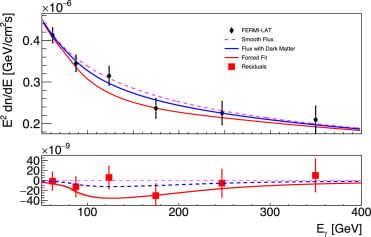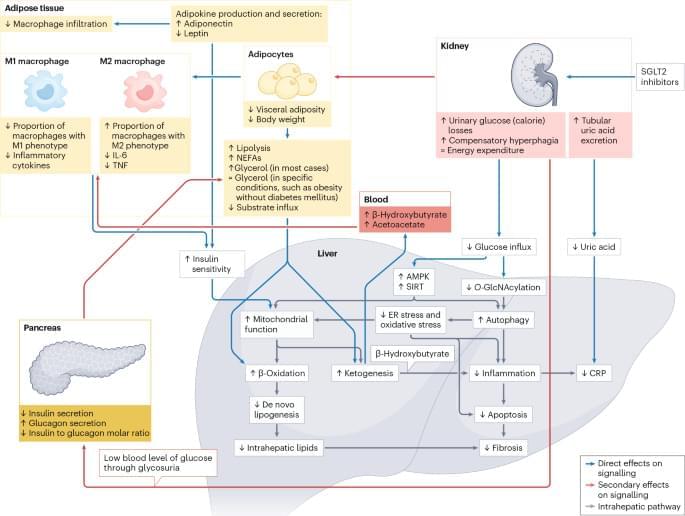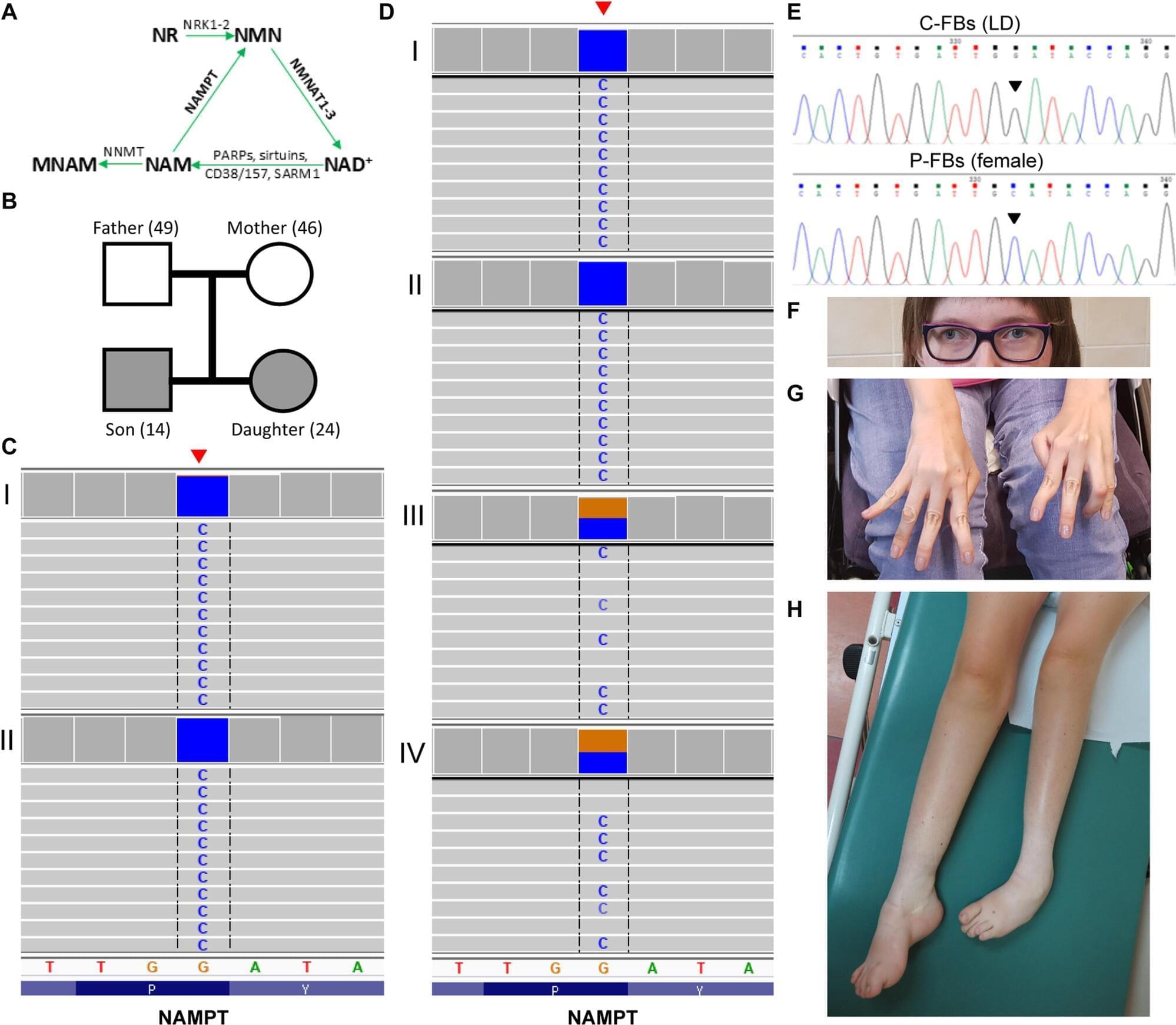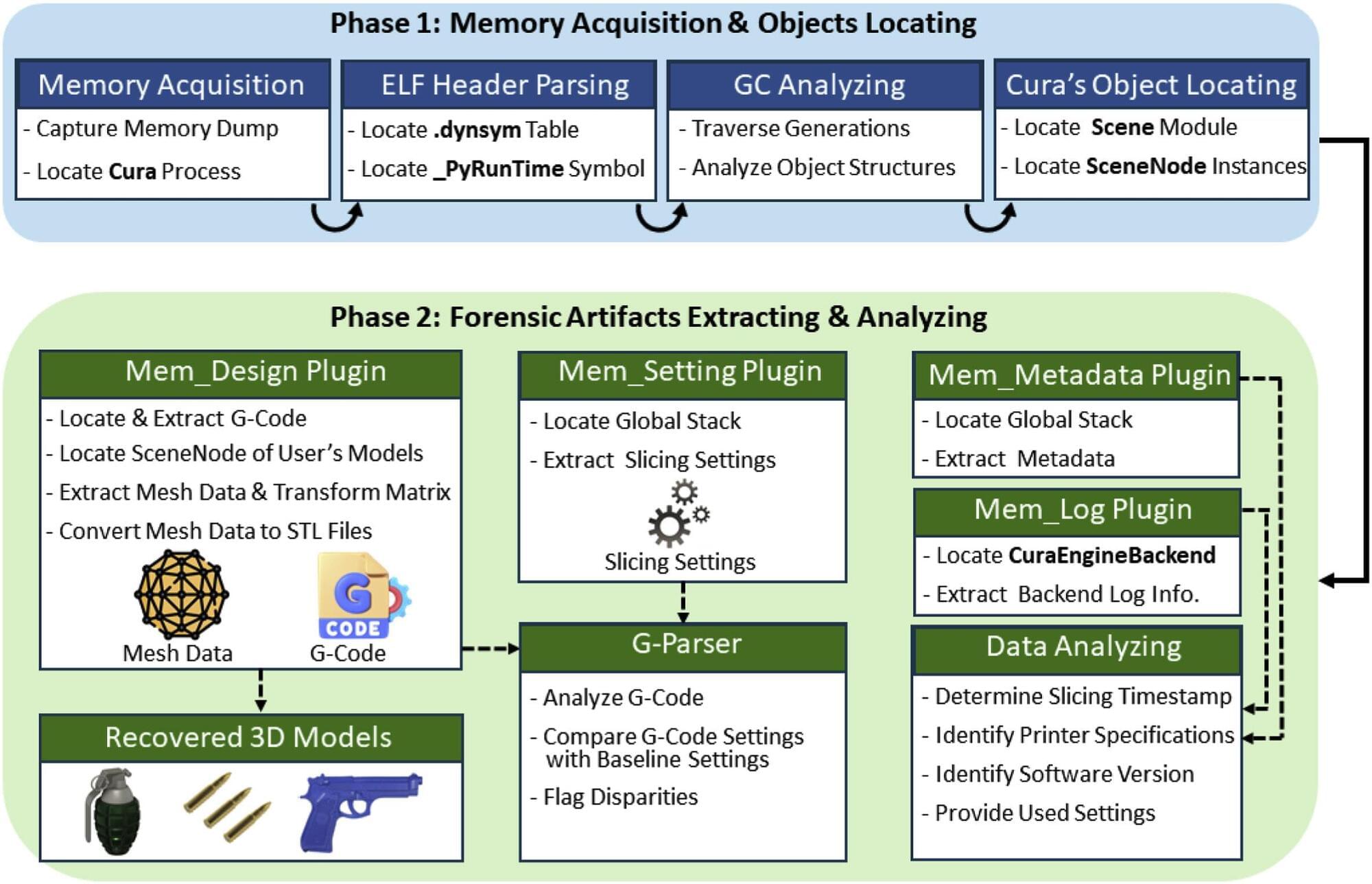How many Earth-sized exoplanets orbit binary star systems (two-star systems)? This is what a recent study accepted by Astronomy & Astrophysics hopes to | Space






In the past decade, the therapeutic scope of sodium–glucose cotransporter 2 (SGLT2) inhibitors has expanded beyond glycaemic regulation in the management of type 2 diabetes mellitus. In this Review, Lim et al. discuss data from clinical studies of SGLT2 inhibitors, demonstrating their multifaceted cardiovascular, metabolic and renal effects, and elucidate the diverse mechanisms underpinning these benefits.

An international research team, led by Shinghua Ding at the University of Missouri, has identified a previously unknown genetic disease that affects movement and muscle control.
The disease—called Mutation in NAMPT Axonopathy (MINA) syndrome—causes damage to motor neurons, the nerve cells that send signals from the brain and spinal cord to muscles. It’s the result of a rare genetic mutation in a critical protein known as NAMPT, which helps the body’s cells make and use energy. When this protein doesn’t work as it should, cells can’t produce enough energy to stay healthy.
Over time, this lack of energy causes the cells to weaken and die, and leads to symptoms such as muscle weakness, loss of coordination and foot deformities—which can worsen over time. In severe cases, patients may eventually need a wheelchair.

To most people, a 3D printer is a cool piece of technology that can make toys, tools or parts in minutes. But for Hala Ali, it can be a partner in crime, and the doctoral student at Virginia Commonwealth University earned national honors recently for her work exploring one of the fastest-growing frontiers in cybercrime.
Ali, a computer science student in the College of Engineering, won best paper at this summer’s 25th annual Digital Forensics Research Conference in Chicago. The paper, “Leveraging Memory Forensics to Investigate and Detect Illegal 3D Printing Activities,” reflects her research into how digital forensics can help investigators uncover whether a 3D printer was used to create weapons or other illegal objects.
“3D printing is a process of creating a physical object from a digital design by laying down successive layers of material until the object is created,” Ali said.

Small cell lung cancer often metastasizes to the brain. A Stanford Medicine-led study shows the cancer cells form synapses with neurons, and signaling across these synapses encourages tumor growth.


A research team including a Keele University scientist have made a breakthrough in monitoring insect populations across the UK using weather radar data. Traditionally used to track rainfall and storms, these radars are now helping researchers monitor the daily movements and long-term numbers of flying and floating creatures—including bees, moths, flies, spiders, and other arthropods.